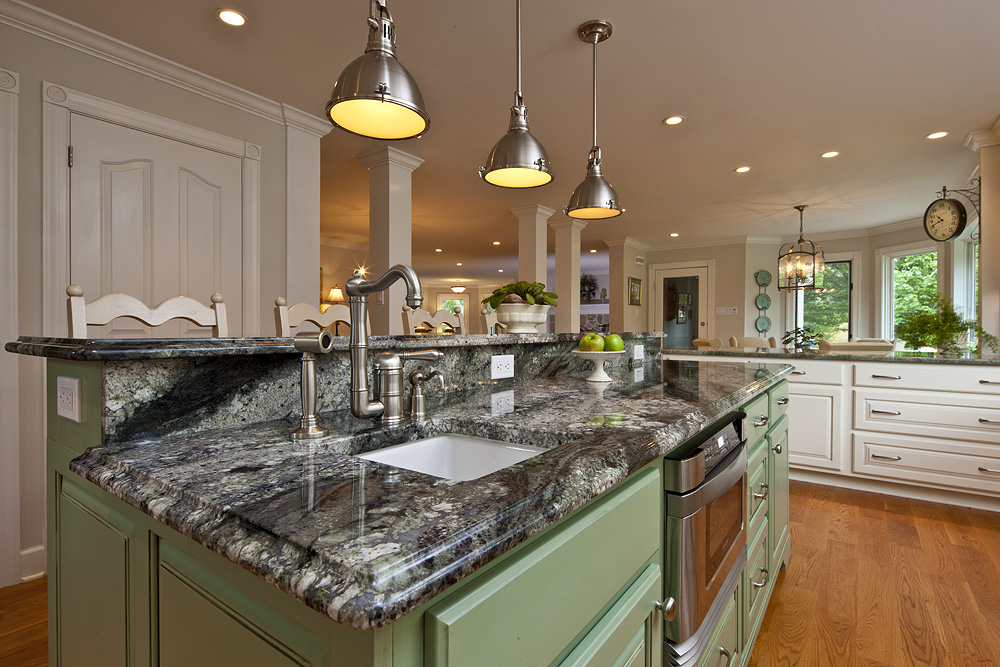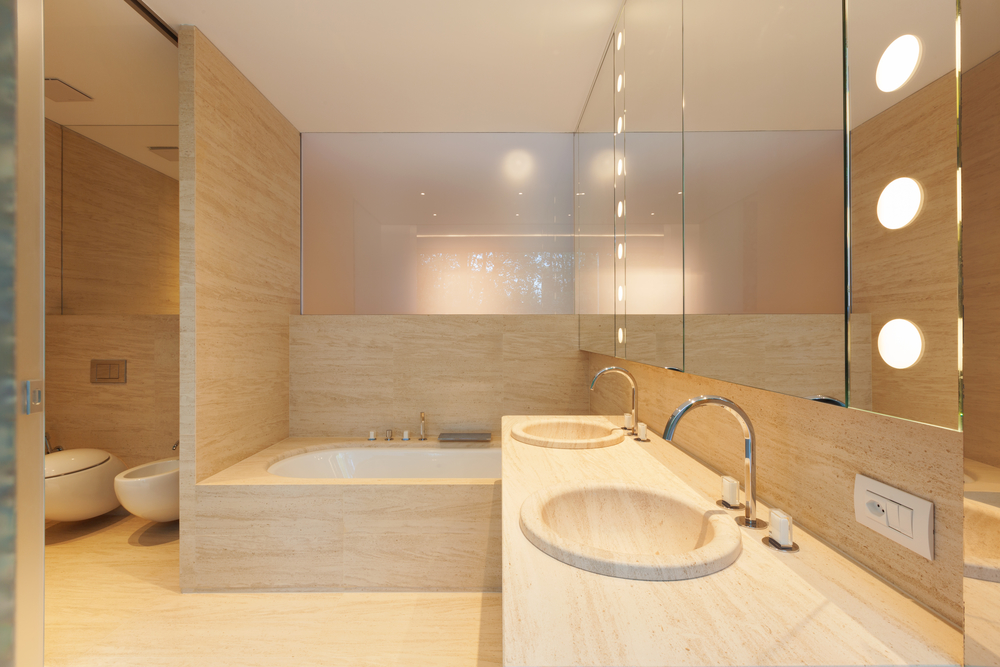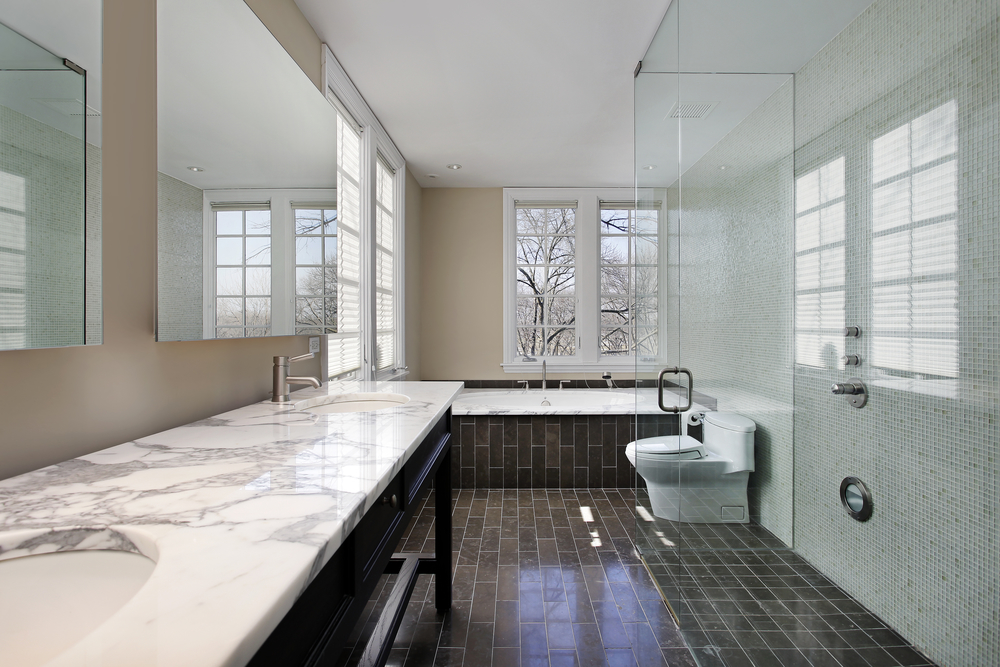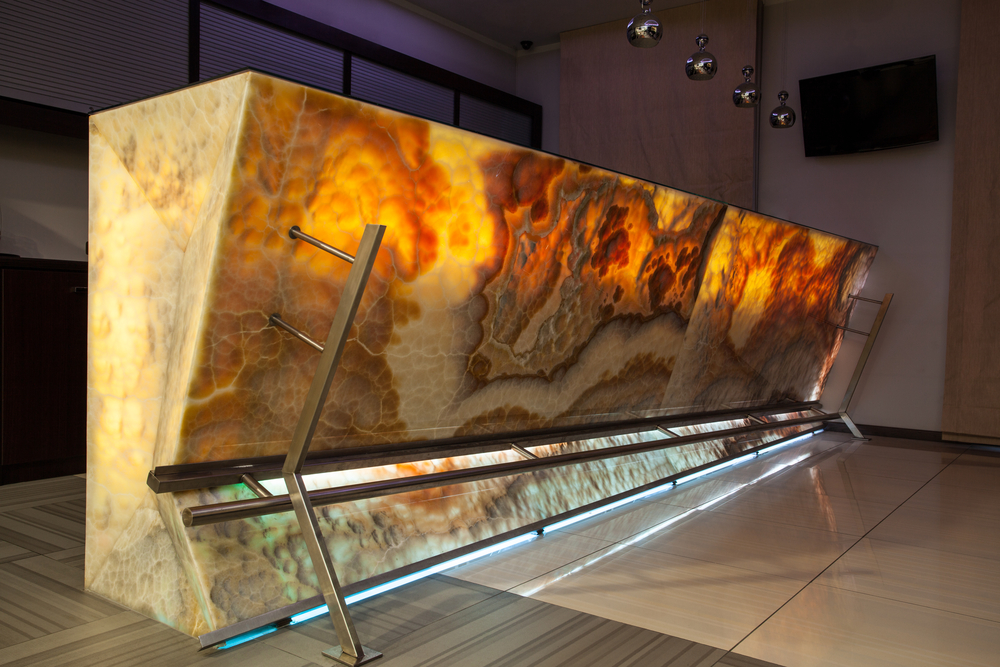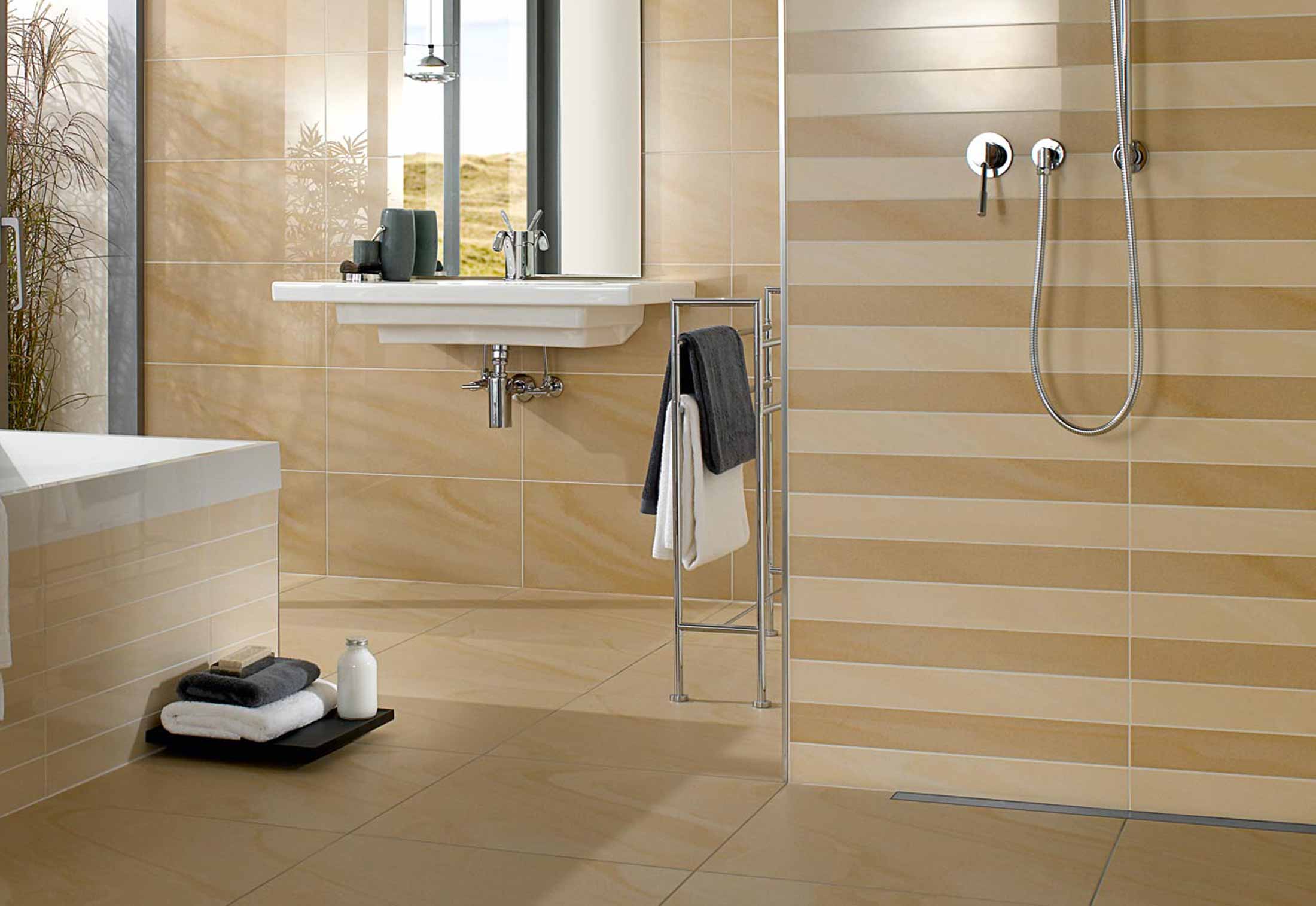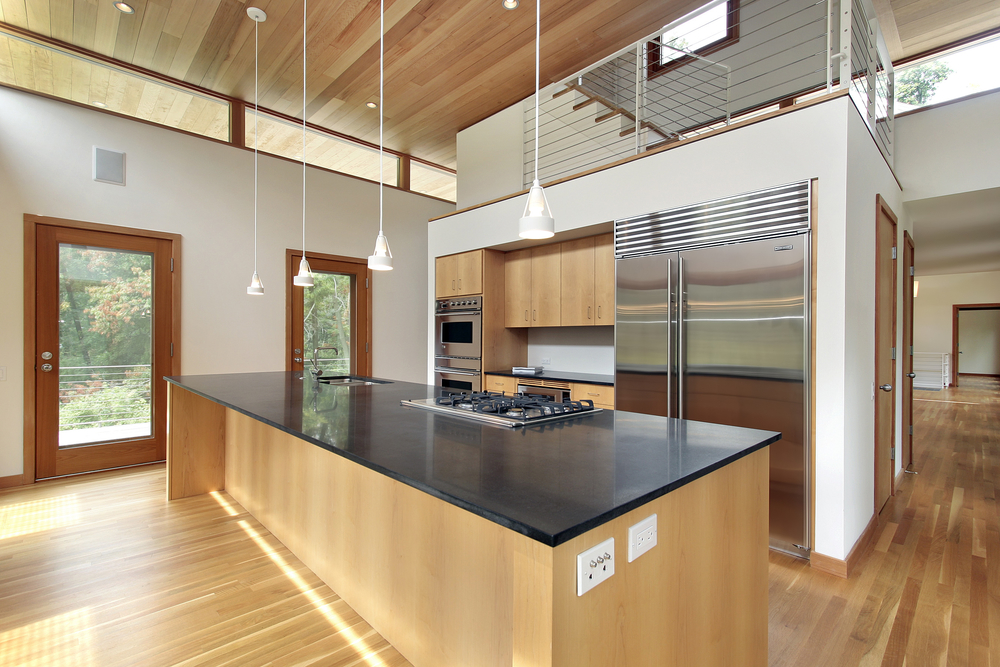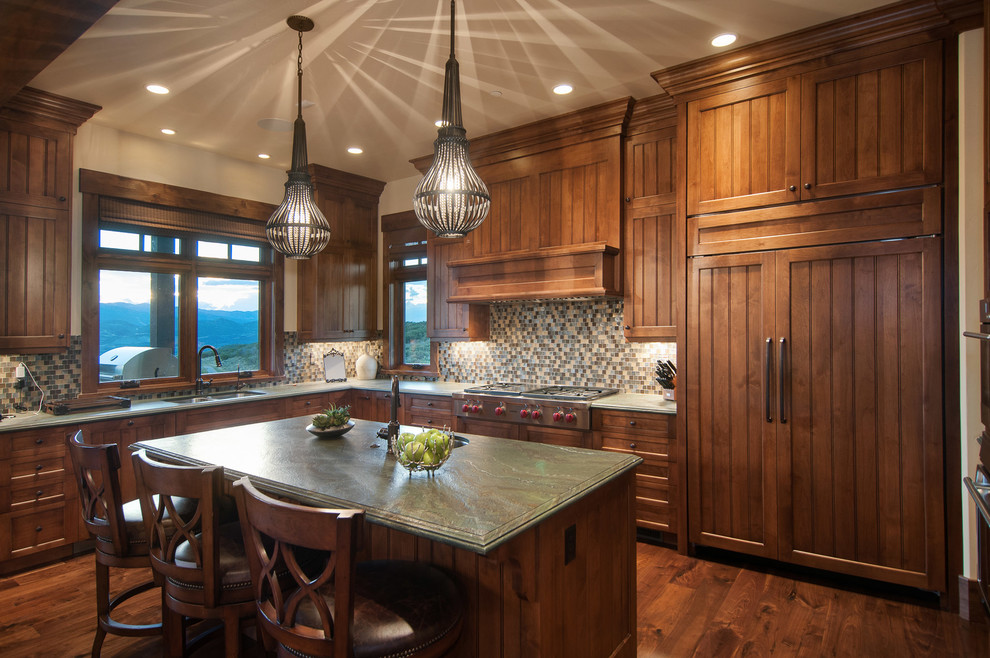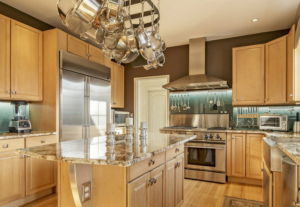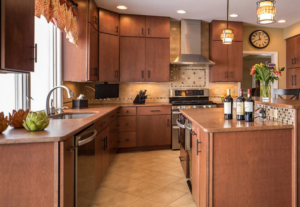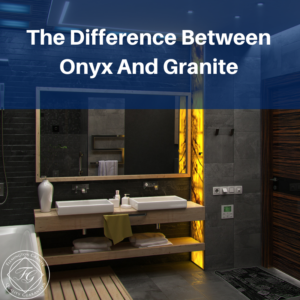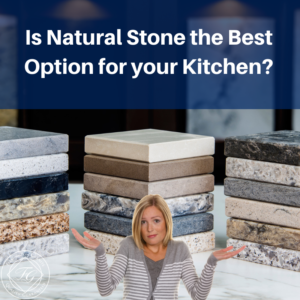
Adding the timeless charm of natural stone to your home is a smart investment, even if it’s only incorporated into small details.
Granite is one of the most recognizable and common stones, but there are so many other material options that you should consider.
If you prefer a more unusual option, onyx could provide a very unique feature in your interior design. As long as you do the research regarding maintenance requirements, it will be easy to find the right product among the vast world of natural stone types.
Things to Consider Before Buying
Try to find your natural stone locally if possible by touring different design centers and showrooms in the area.
Most companies allow you to browse samples so that they can order a stone similar to your preferred style. However, you need to understand that the slabs are each unique and it might be more of an advantage to actually visit our showroom. This ensures that you will get the exact slab that you want to use in your home design.
Not everything is about looks, but it’s a great place to begin narrowing the choices. Consult with an on-site expert to discuss the qualities of the stones you are most interested in using.
Once you have picked out a stone, decide on the finish that best suits your installation plan. A high polish is unsuitable for a bathroom floor, but it looks great as a countertop.
Some stones hold up better with specific finishes because they mask scratches that are likely to accumulate on softer surfaces. Matte or honed stones look the most natural, but a distressed stone offers the charm of an aged appearance. Discuss your preferred style and always ask to view samples to help you choose the perfect stone.
Granite
Granite is a valuable option in areas that require hardness, such as a kitchen countertop or fireplace surround. It can take on damage if you are careless, but it’s pretty difficult to create stains or scratches.
Limestone
Limestone is exceptional as a bathroom surface or kitchen floor if you choose a quality piece. Maintaining the unique texture is easy if you take care to have it resealed as often as needed.
Marble
Marble is best for tub surrounds, a vanity top, backsplash, or flooring if the conditions of the area permit installation of a softer stone. It is absorbent, but take precaution when adding protection because lighter slabs may darken if a sealant is applied.
Onyx
Onyx is a translucent stone that features striking colors, such as jet black and bright white. Once sealed and polished, the stone can take on a very high gloss that is great for a vanity top or bathtub surround.
Sandstone
Sandstone is naturally dense, but the actual level of durability may vary greatly from one slab to another. If you do intend to use as a bathtub surround or kitchen floor, consider having it sealed every few months to maintain the surface.
Slate
Slate features a typically matte surface with unique clefts that offer an unusual appearance in flooring and countertops. Preservation does involve sealing, and you should limit cleaning to very neutral products.
Soapstone
Soapstone is ideal for kitchen countertops and fireplace surrounds because it is very resistant to heat. Sealing is not recommended, and you can remove most scratches by lightly sanding or applying mineral oil.
Travertine
Travertine is very porous and actually has an appearance similar to a sponge, but the holes can be filled before installation. Otherwise, expect to make a constant effort to keep the countertop clean and dry.
You are welcome to reach out through the contact form to schedule a tour of our natural stone showroom.

